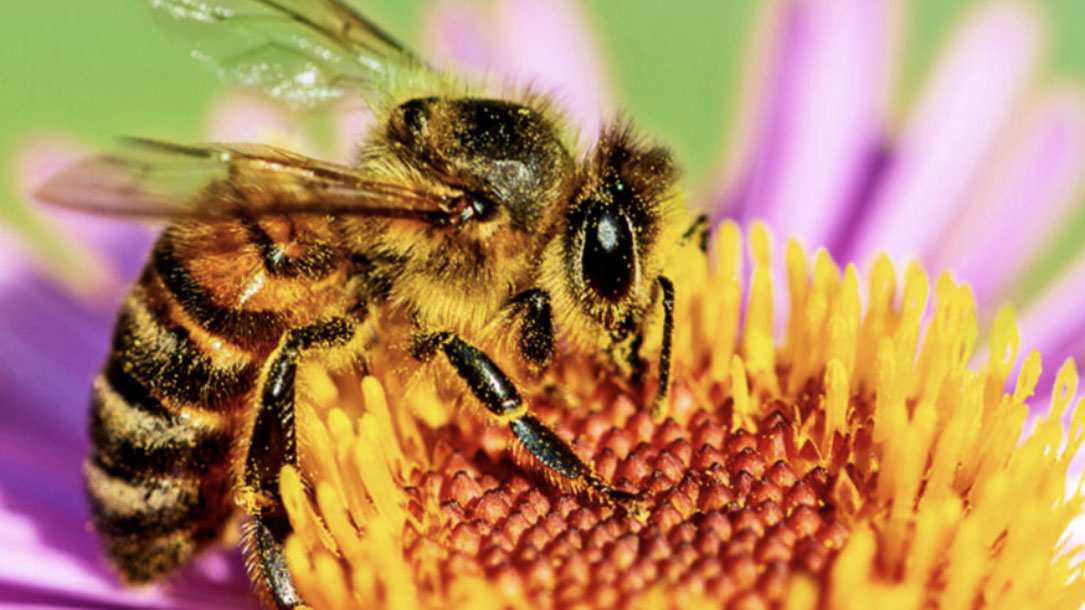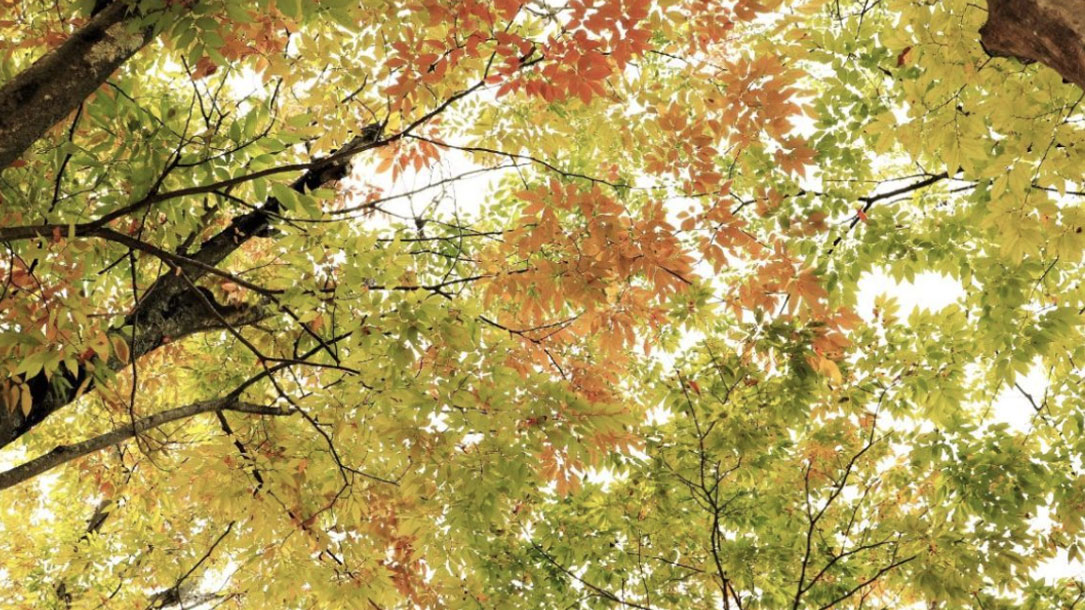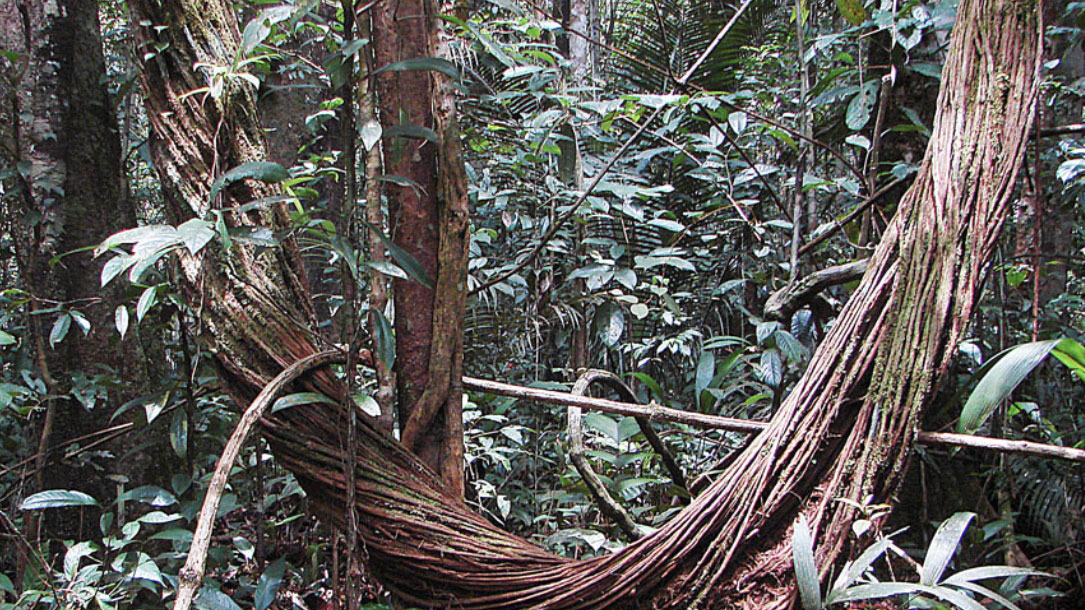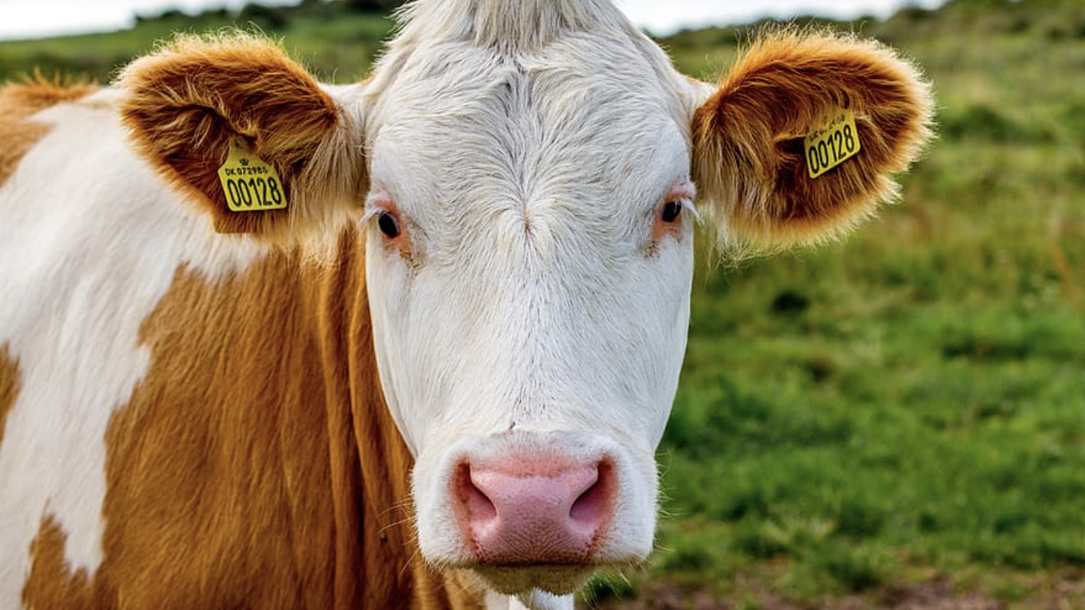
Soils could be affected by climate change, impacting water and food
Climate change may reduce the ability of soils to absorb water in many parts of the world, according to a Rutgers-led study. And that could have serious implications for groundwater supplies, food production and security, stormwater runoff, biodiversity and ecosystems…

The importance of old trees
The study analyzed over 20,000 trees across five continents, with a primary focus on trees from the upper canopy, as these trees have stronger carbon sequestration ability and provide fundamental ecosystem services such as microclimate buffering and habitat provision to other organisms than forest components…

Climate warming from managed grasslands cancels the cooling effect of carbon sinks in sparsely grazed and natural grasslands
Grasslands absorb and release carbon dioxide (CO2), emit methane (CH4) from grazing livestock, and emit nitrous oxide (N2O) from soils. Little is known about how the fluxes of these three greenhouse gases, from managed and natural grasslands worldwide, have contributed to past climate change, or the roles of managed pastures versus natural grasslands.

The role of climate change in pollinator decline across the Northern Hemisphere is underestimated
•Pollinator conservation strategies lack climate adaptation initiatives.
•Climate change drives homogenization at three levels of pollinator biodiversity.
•Rarely measured aspects of biodiversity tend to be most affected by climate change.
•Seldom considered dimensions of climate change tend to be particularly detrimental.
•Pollinator decline might be especially pronounced due to dispersal limitation….

Trees are moving north from global warming. Look up how your city [region] could change.
As the climate warms, horticulturalists are trying out species adapted to more southern climates. Michael Hagen, curator of the native plant and rock gardens at the New York Botanical Garden, told me recently that his colleagues are planting southern live oaks, known for the Spanish moss that drapes, ghostlike, from their limbs.
Live oaks can grow as far north as Zone 7, according to data provided by the Davey Tree Expert Company. By century’s end, they could grow in Chicago and up into Michigan, while south Florida could become too hot for them.

Liana cutting in selectively logged forests increases both carbon sequestration and timber yields
Infestations of trees by woody climbing plants (i.e., lianas) are common and increasing in an estimated 250 Mha of the 1 billion hectares of mixed-species tropical and temperate forest subjected to selective logging. Cutting lianas that impede the growth of future crop trees (FCTs) in these forests would sequester carbon at low cost and increase timber yields. We estimate that application of this treatment to five liana-infested FCTs per hectare across the 250 Mha of selectively logged forest would result in 0.8 PgCO2 of additional carbon removals by the liberated trees over 30 years at a direct cost of well less than $1.00 MgCO2−1.

Climate change, antibiotics may threaten soil
A study by researchers at the Cary Institute of Ecosystem Studies in Millbrook, New York, has shown that when rising temperatures combine with antibiotic residues expelled by livestock, it degrades soil microbe efficiency, soil resilience to future stress, and its ability to trap carbon…

Research: Declining urban and community tree cover in the United States
Urban forests provide many benefits to society, including moderating climate, reducing building energy use and atmospheric carbon dioxide (CO2), improving air and water quality, mitigating rainfall runoff and flooding, enhancing human health and social well-being and lowering noise impacts (Nowak and Dwyer, 2007)…

Research report: Antibiotics and temperature interact to disrupt soil communities and nutrient cycling
Soils contain immense diversity and support terrestrial ecosystem functions, but they face both anthropogenic and environmental stressors. While many studies have examined the influence of individual stressors on soils, how these perturbations will interact to shape soil communities and their ability to cycle nutrients is far less resolved. Here, we hypothesized that when soils experience multiple stressors their ability to maintain connected and stable communities is disrupted, leading to shifts in C and N pools.

USDA Forest Service Chief Randy Moore’s statement announcing actions the Forest Service will take to resume its prescribed fire program safely and effectively after completion of its 90-day national review
Washington D.C.,September 8, 2022 — USDA Forest Service Chief Randy Moore released the following statement announcing actions the Forest Service will take to resume its prescribed fire program safely and effectively after completion of its 90-day national review…












